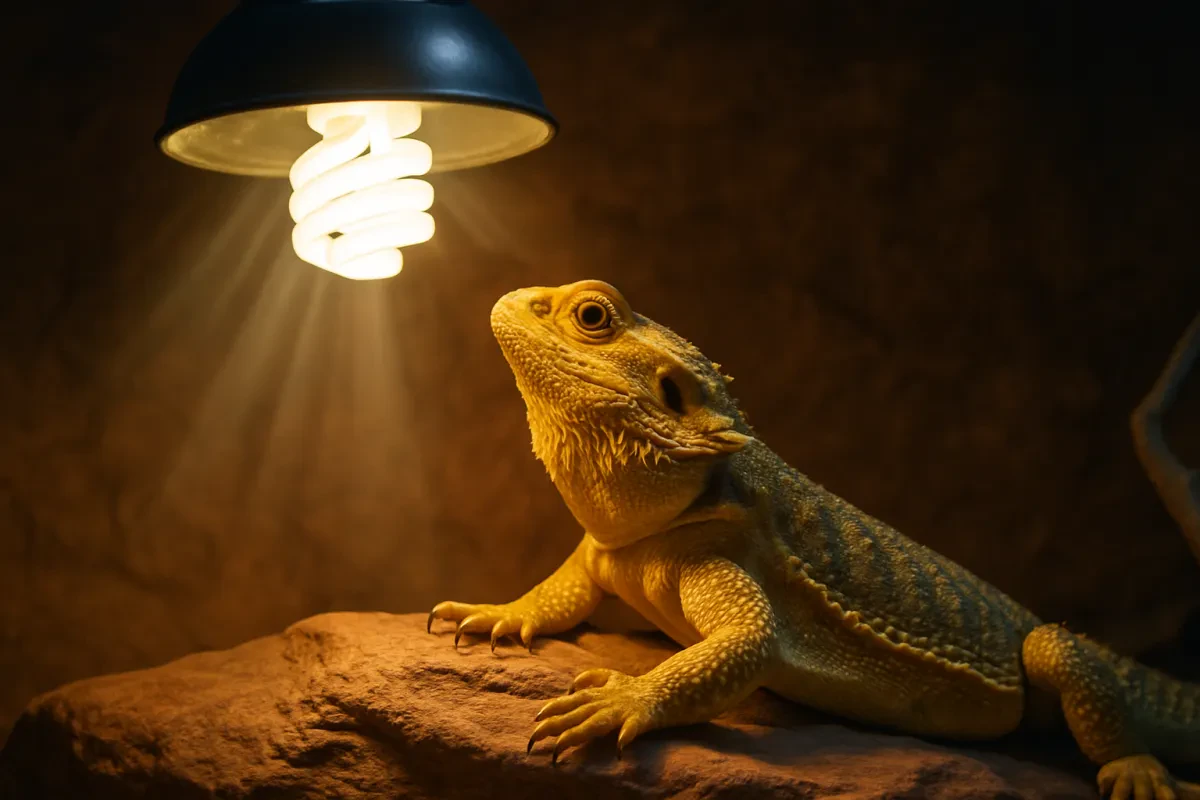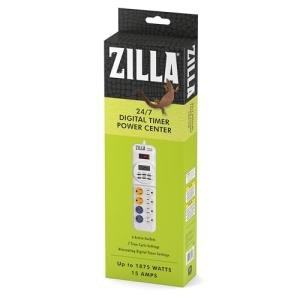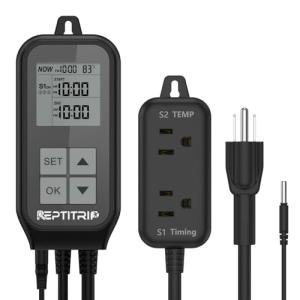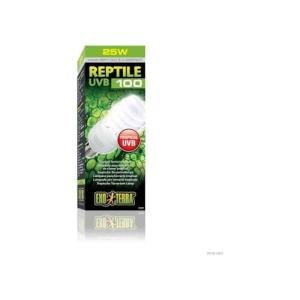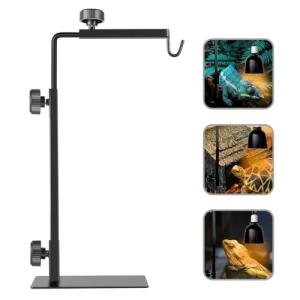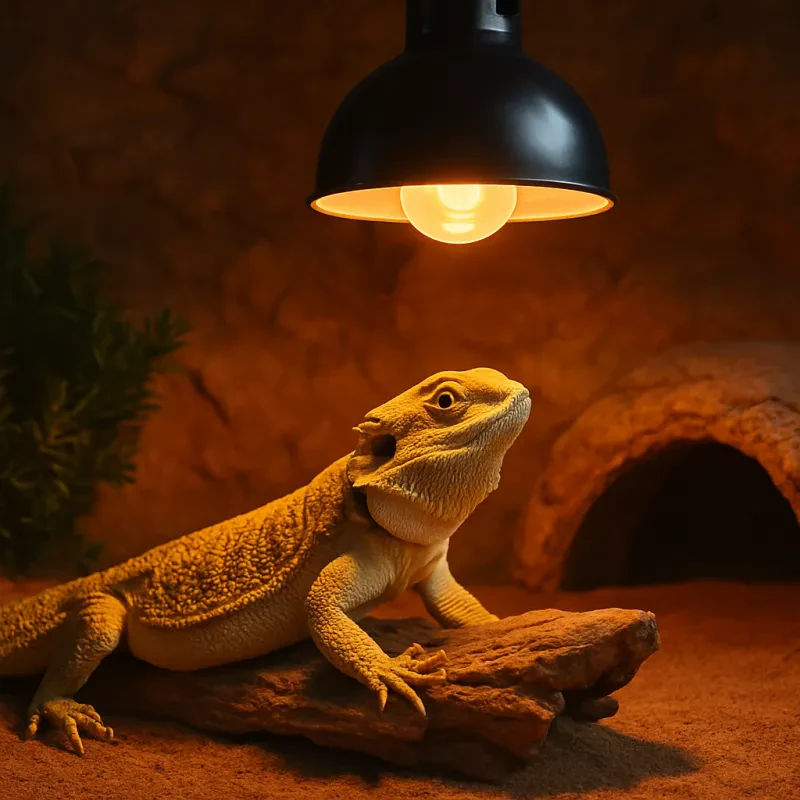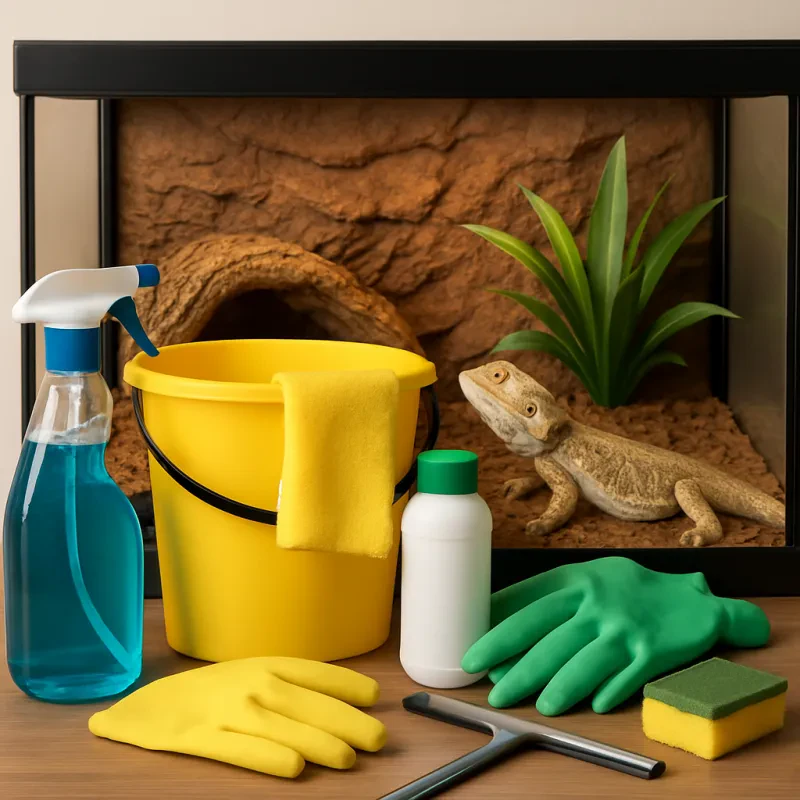UVB light for reptiles is super important for their health and well-being. Unlike us humans, reptiles can't just absorb vitamin D from food alone. They need UVB rays to produce vitamin D in their bodies, which is crucial for calcium absorption. Without it, your scaly friend can struggle with serious health issues like metabolic bone disease. Trust me, you want to avoid that!
Setting up the right UVB light for reptiles in their habitat is really easy and worth the effort. Look for lights designed specifically for reptiles, as they emit the right spectrum of UVB radiation. Depending on your reptile's needs, you'll either want a fluorescent bulb or a mercury vapor bulb. Each type has its perks, but both can help create a healthy environment.
Placement matters too! Make sure to position the UVB light close enough so your reptile can soak up those rays, but not so close that it gets burned. A good rule of thumb is to set it about 12-18 inches away, depending on the bulb type. Don't forget to replace the bulbs regularly since their effectiveness wears off over time, even if they still light up.
Also, rotate UVB exposure times. Some reptiles prefer basking in it all day, while others enjoy hiding away at times. Keeping a consistent light schedule mimics their natural habitat and keeps them happy. A little research on your specific reptile will go a long way in ensuring they get just the right amount of UVB light for reptiles!
Types of UVB Light Sources Explained
When it comes to keeping your reptiles healthy, understanding UVB light for reptiles is super important. UVB rays help your pets synthesize vitamin D3, which is essential for calcium absorption. Without it, they can develop serious health issues. So, let’s break down the different types of UVB light sources you can use.
1. Fluorescent BulbsFluorescent UVB bulbs are a popular choice. They’re efficient and easy to find, plus they come in various strengths, usually labeled as UVB 2.0 to UVB 10.0. The higher the number, the stronger the UVB output. These bulbs are great for larger enclosures or for reptiles that need a bit more exposure. Just make sure to replace them every 6 to 12 months since their output fades over time.
2. Mercury Vapor BulbsIf you want something with a bit of a punch, mercury vapor bulbs might be the way to go. These bulbs combine heat and UVB light for reptiles, making them particularly useful for larger reptiles like iguanas and tortoises. They create a warm basking spot while providing high levels of UVB. Just keep in mind that they can be more expensive and require a specific fixture.
3. LED UVB BulbsLED UVB bulbs are the new kids on the block. They’re energy-efficient and last a long time. While they might not provide the same level of UVB as fluorescent or mercury vapor bulbs, advances are being made. Plus, they’re easy to install. Just double-check the UVB output before you buy, as not all LEDs are created equal!
Choosing the right type of UVB light for reptiles depends on your pet's needs and habitat size. Always pay attention to the specific requirements of your reptile species and remember to position the light properly to ensure your pet can bask in those rays safely. Happy lighting!
How to Set Up UVB Lighting
Setting up UVB light for reptiles is key to keeping your scaly friends healthy and happy. They need UVB to help synthesize vitamin D3, which is crucial for calcium absorption. A good UVB setup mimics natural sunlight and can really make a difference in their vitality.
First, choose the right UVB bulb. There are several options out there, like fluorescent tubes or compact bulbs. Look for one that’s specifically designed for reptiles, as they emit the right spectrum of UVB. Generally, a 5.0 to 10.0 UVB rating works well for most reptiles. Just make sure to do a bit of research on your pet's specific needs!
Next up, placement matters! You'll want to position the UVB light so that your reptile can bask under it without getting too close. A distance of about 12 to 18 inches from the basking spot usually works best, but check the bulb's instructions for specifics. Remember, too much UVB can lead to skin burns, so balance is key.
Lastly, you can’t forget to replace your UVB bulbs regularly. They lose their potency over time, even if they still light up! Plan on changing them every 6 to 12 months, depending on the type. Keeping your UVB light for reptiles in top shape supports your pet's overall health and well-being.
Signs of UVB Light Deficiency
Noticing your reptile acting a bit off? It may just be a sign of UVB light deficiency. UVB light for reptiles is crucial for their health, helping them synthesize vitamin D3 and absorb calcium. Without enough UVB light, your pet could face some serious issues.
Look out for these signs:
If you're seeing these signs, it’s important to check their lighting. The right lighting setup can make a huge difference in your pet's well-being. Don't wait too long; a simple lighting adjustment can get your reptile back on track.
